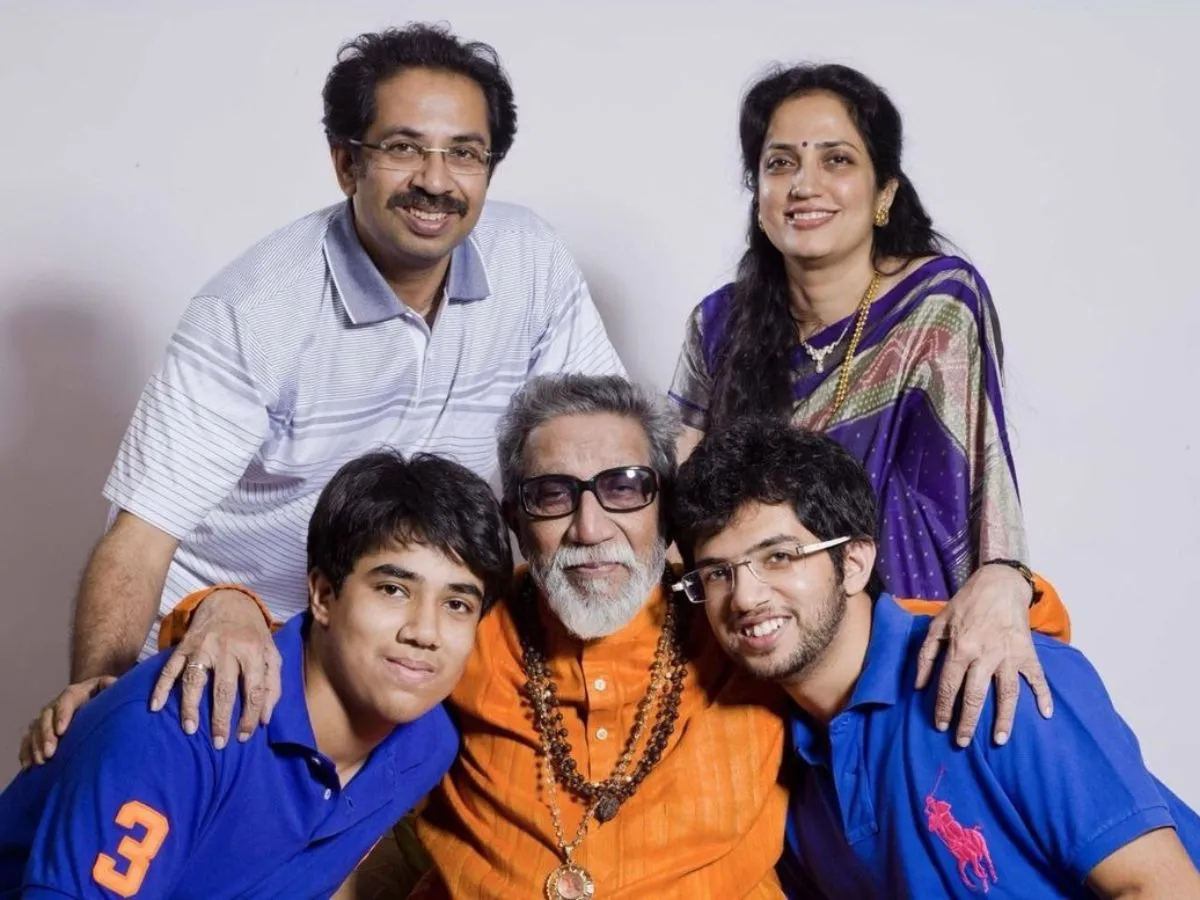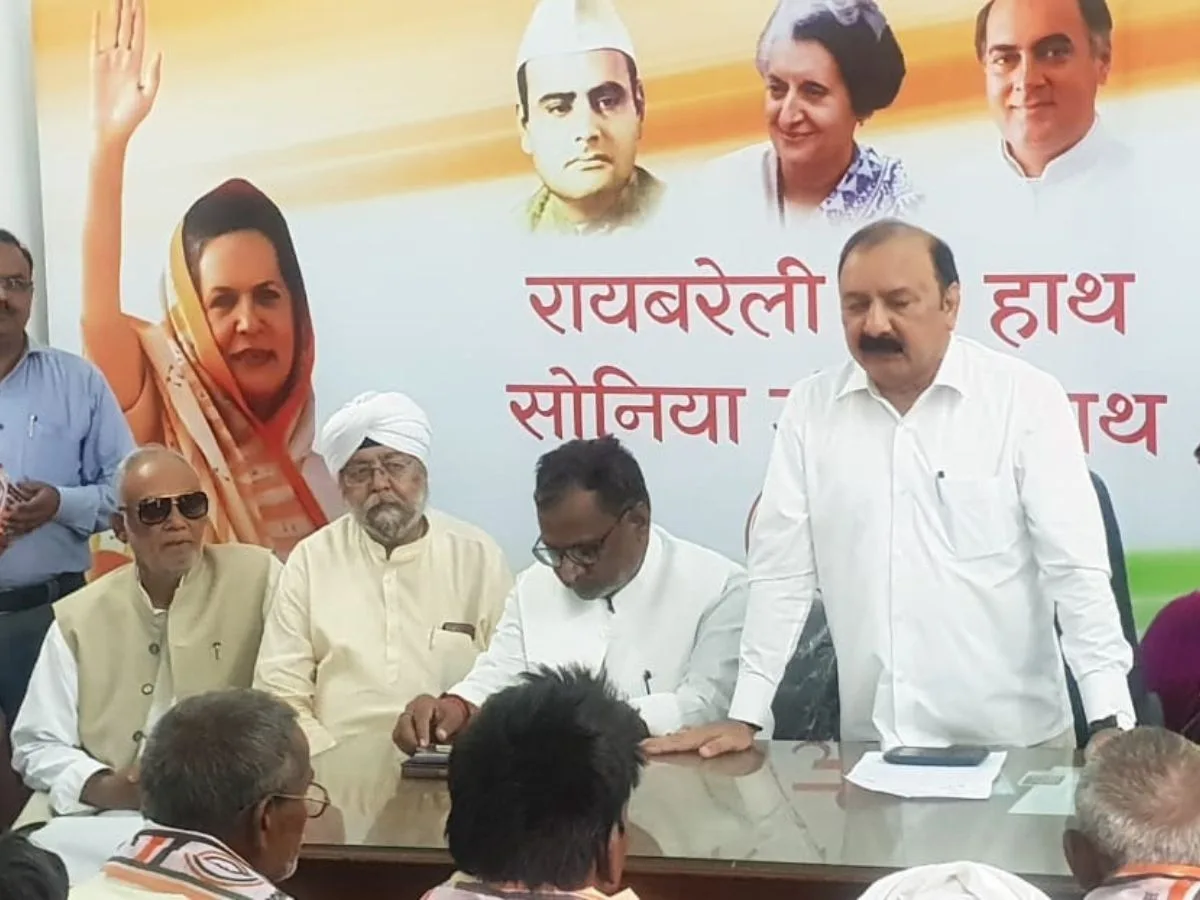Read in : தமிழ்
Men have owned the nagaswaram musical instrument as their own over many years. The sacred art of playing the nagaswaram has generally been seen as belonging to the masculine domain. But that is changing.
Today, many women are taking up the instrument at a young age, learning how to play it, and excelling at it. Whether in the raga alapana, mastering of the kritis, or in the mathematics-based swara progressions, women are showing that they can excel in all of them through their performances. The list of women nagaswaram players who played in the recent Parivadini Navaratri Nava Shakti festival includes: R Prabhavathi, Prasanna Sivadas, TK Maheswari, S Santhi, Kalishabhi Mehboob, TV Vijayalakshmi and so on.
In the concerts, they played with their husbands. Sometimes they were joined by their children, too.
But this begs the question: Are there innate biological differences between men and women that led to fewer women taking up nagaswaram?
The nagaswaram’s bold and at the same time soothing sound comes from controlled breathing through the instrument. In this exercise, do physiological differences between the man’s body and the woman’s play a role?
Yet, the trend in nagaswaram is more and more women learning the instrument and playing it on stage as vidushis
These artistes have lived their lives and faced the challenges on the road to becoming trained performers. They have gone through pregnancies and the resultant changes in their bodies. They have borne the difficulties their menstrual cycles impose on their bodies. Yet, despite all this, they have matched-up or exceeded male nagaswaram artistes during performances.
Despite changes, it is still the norm in our society that the woman leaves her family and goes and lives with her husband’s family upon marriage. So the marriage is supposed to be as much important or more important for the woman than for the man. So, it seems women are excelling in an instrument that is considered so auspicious that it is especially played during weddings.
So, let’s see what possible challenges their bodies may pose to playing the nagaswaram. At the outset, in general, women have smaller lungs than men. But doctors assure that in their functioning the lungs in a woman’s body are the same as the lungs in the man’s body.
If we take legs, for instance, doctors say that the parts are similar in men and women. But depending on the use, the legs grow to what they are in men and women. It can be surmised that the growth of the lungs is also similar to the use to which the lungs are put to.
What is to be noted is that the women artistes who perform on stage have all either started learning the instrument as a child or during their adolescence. It is possible that the women artistes’ bodies have evolved and grown to play the instrument.
Medically, the human body breathes in and out 120 ml/ second. In this, there is no difference between the man and the woman.
Then is there a connection between vocal singing and nagaswaram since both seem to use the same organs? Researchers say there is no link. Vocal chords used for singing are not used to play the nagaswaram. It’s not uncommon to see nagaswaram artistes, both men and women, talk for hours together. Their vocal chords do not seem to get affected unlike singers who may not speak as much.
Pregnancy, however, does affect playing the nagaswaram just as it affects many aspects of a woman’s life. Women nagaswaram artistes say that for the first three months there is not much of a problem although, in the next trimester, problems may begin. They say that breath control may become difficult and at that time they may need to stop practicing.
Even in this, advanced methods are helping pregnant women. Before and after pregnancy, women today are taught to exercise their abdomen so it functions well. Women are able to regain their strength to continue with their life as before.
Women nagaswaram artistes have gone on to continue perform after giving birth.
A researcher says that if women singers have problems during their pregnancy it can affect their singing chords. But nagaswaram artistes may not have such problems at all.
A US researcher named James Bennet II has discussed gender biases in the playing of musical instruments in western music. There are unnecessary divisions of male instruments and female instruments that goes against science and common sense, he says.
It seems such cultural biases are not unique to India. They continued to be accepted at face value including in the advanced societies such as in the US. But, India or the US, women are coming forward to break such stereotypes.
Prabhavathi, a performer at the Parivadini festival, who spoke mostly in Telugu, said that nagaswaram demands paying full and undivided attention to it. Vocalists or violinists may be able to achieve “sangathis” in say a raga alapana, rather easily by the trial and error method. What she meant was this instrument involved a phenomenal effort. Such is the nature of this instrument. “Fear” should never be lurking around anywhere in the concerts or during practice sessions. Only when the air that is released is strong and intense can the desired, expected tone be evoked, she said. This becomes impossible if there is fear.
There is going to be talk dismissive of women but that is natural and should be ignored, she said. “The support system has been very good for me. My mother-in-law has supported me. My in-laws wholeheartedly wanted me to be involved.They have often told me (or even commanded me ) with these words: ‘We will take care of all the domestic chores’ and this they have said lovingly. I would like to proudly say that I am blessed to have received all this. To boot my father-in-law is a thavil vidwan! Can I ask for anything more!” signs off Prabhavathi.
Read in : தமிழ்











